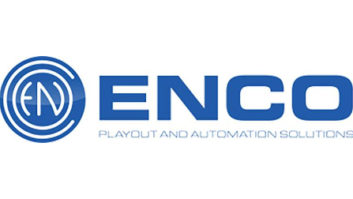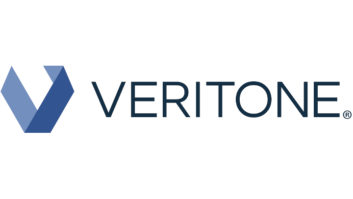As IBC2016 gets closer, Radio World offers a series of short Q&As with manufacturers about their plans and offerings, to help you get the most out of the big annual trade show. Alexander Zink is senior business development manager for Fraunhofer IIS in Germany.

Alexander Zink is senior business development manager at Fraunhofer IIS.Radio World: How has business been for the company since IBC2015?
Alexander Zink: Very good. Digital Radio is well on track worldwide, especially in Europe. Our industry partners — with Fraunhofer’s support — are busy projecting and delivering broadcast head-end solutions for both DRM and DAB in various countries. Coinciding with this, consumer and automotive receiver and chipset manufacturers are lining up for our newly completed SDR (software defined radio) offerings. , Over the past year, technical specs for EWF (Emergency Warning Functionality) for both DAB and DRM have also become available and trials are being carried out.
With regard to innovative music streaming technologies, MPEG xHE-AAC is now established with major manufacturers of professional encoder equipment, and decoder support being integrated into mobile apps.
RW: What are you hearing from your customers about their business outlook this year? In what areas should we expect growth or the most interesting projects?
Zink: In my view, we will likely see a major break-through in streaming services taking a huge step forward based on the introduction of xHE-AAC combined with dynamic bitrate switching. This technology not only improves mobile coverage reliability and reduces the consumption of precious data plans, it also allows to unlock the majority of potential mobile streaming users in relevant countries for the first time.
At the same time, we see plenty of activity around the world with major countries starting to openly work toward a digital radio rollout. Therefore, we can expect major sales of professional solutions and consumer and automotive receivers. And several high-profile trial projects for DRM digital radio around the world are in preparation for 2017.
RW:What do you anticipate will be the most significant technology trend, generally speaking, at IBC2016?
Zink: In the world of audio coding, the major technology innovations are certainly the latest MPEG standards such as xHE-AAC for ultra-low bitrate music streaming and digital radio applications, and MPEG-H for high-end TV services enabling 3D audio and sound customizations such as dialog enhancements.
RW: What new products will your company be showing?
Zink: As Fraunhofer IIS, our latest developments for this year’s IBC include MPEG xHE-AAC, now with dynamic bitrate switching; SDR software defined digital radio platform for DAB (+) and DRM (DRM30, DRM+), comprising baseband decoding and full service layer implementation; MPEG-H 3D audio content production solutions; and MPEG-H for immersive sound on virtual reality devices.
RW: How is this new product (or products) different from what’s available from your past products, and elsewhere on the market?
Zink: Fraunhofer IIS, as one of the world’s leading power houses for research on new audio technologies, is always working on latest audio innovations and thus driving the media industry’s innovation and future products. The technologies visitors can experience today at the Fraunhofer booth will show up in commercial products and services in the near future.
Highlight innovations this year certainly include the digital radio SDR platform, which in its design, flexibility and completeness can be considered unique in today’s industry and will serve as the basis for the next level of innovative and affordable radio receiver solutions; and the first ever demonstration of dynamic bitrate switching with MPEG xHE-AAC, a key technology for a successful deployment of future mobile streaming services.
RW: What’s your favorite thing about the IBC show? Your least favorite?
Zink: My favorite thing about IBC is the amount of highly relevant business contacts I can achieve in a very small amount of time, due to all major players present in a single place during the show. This includes reconnections and follow-up discussions with existing contacts, and also the ability to easily establish new and relevant connections.
In my opinion, my least favorite thing about IBC is the opposite side of what I said above such as getting from one meeting to another through the vast spaces covered by IBC. Traveling from meeting to meeting can consume a lot of time out of an already busy day. However, it certainly helps that IBC strives to group overall topics in specific halls.
RW: Do you have any suggestions that would make the show a better experience for exhibitors and/or attendees?
Zink: Should IBC continue to grow, splitting it into multiple and more focused shows might help attendees to pre-arrange and organize their days. BroadcastAsia. alongside CommunicAsia. could serve as an example of such a model.
RW: Anything else we should know?
Zink: All are welcome to attend the various DRM events at IBC and to stop by Fraunhofer’s booth 8.B80. I am happy to discuss this information further during the trade show. On behalf of the Fraunhofer team, we look forward to seeing you in Amsterdam at IBC 2016!












